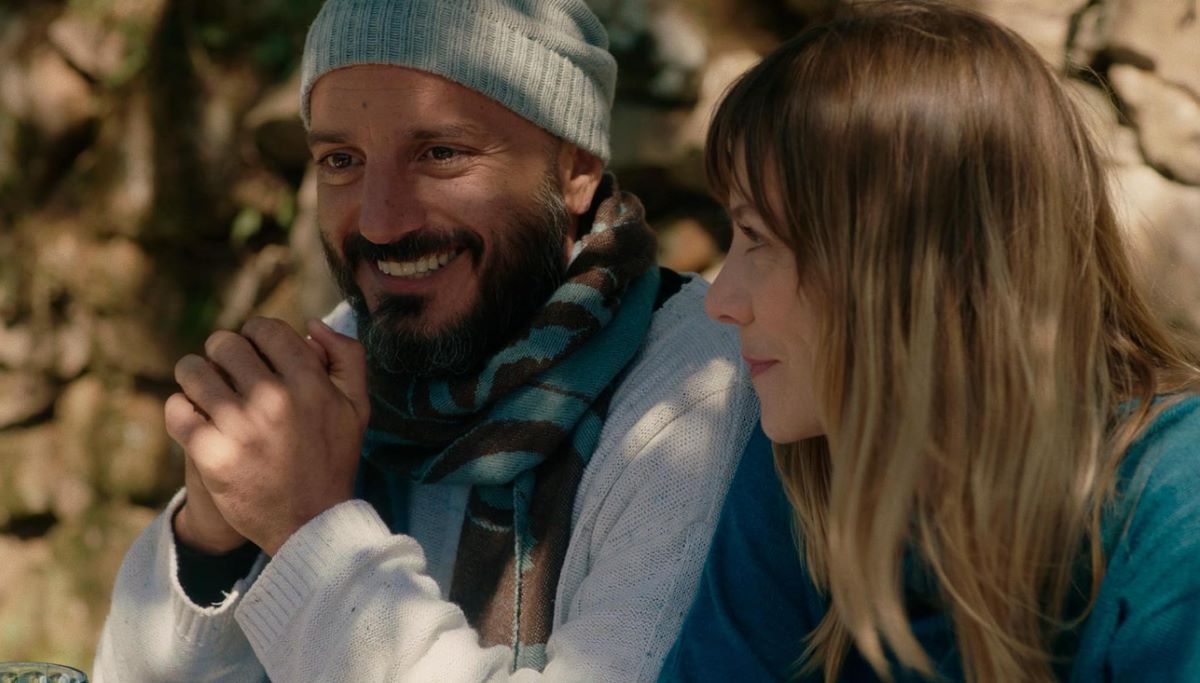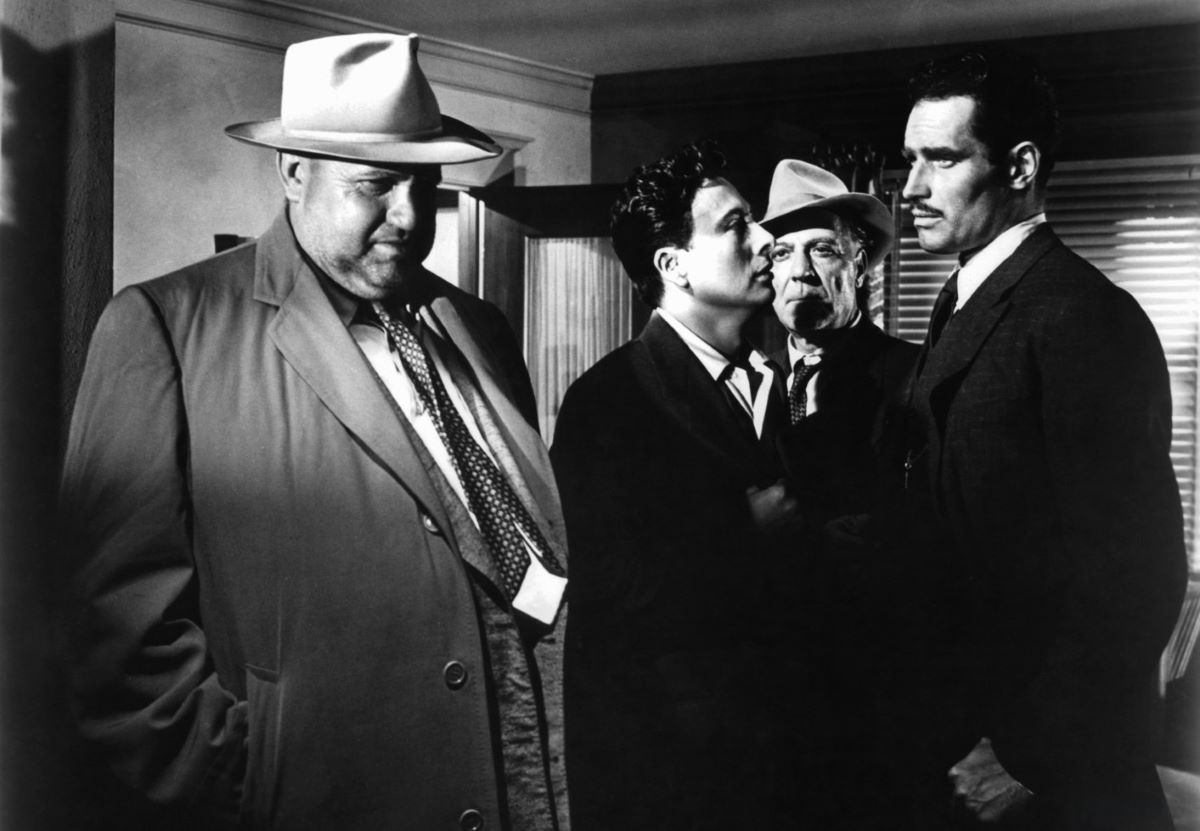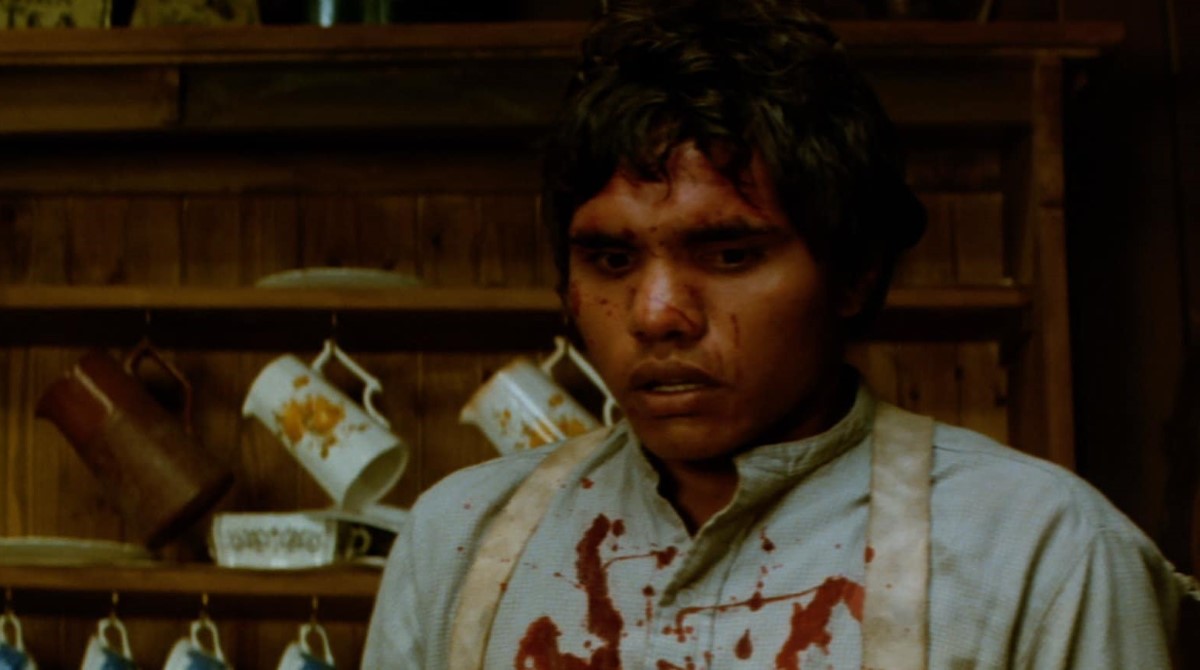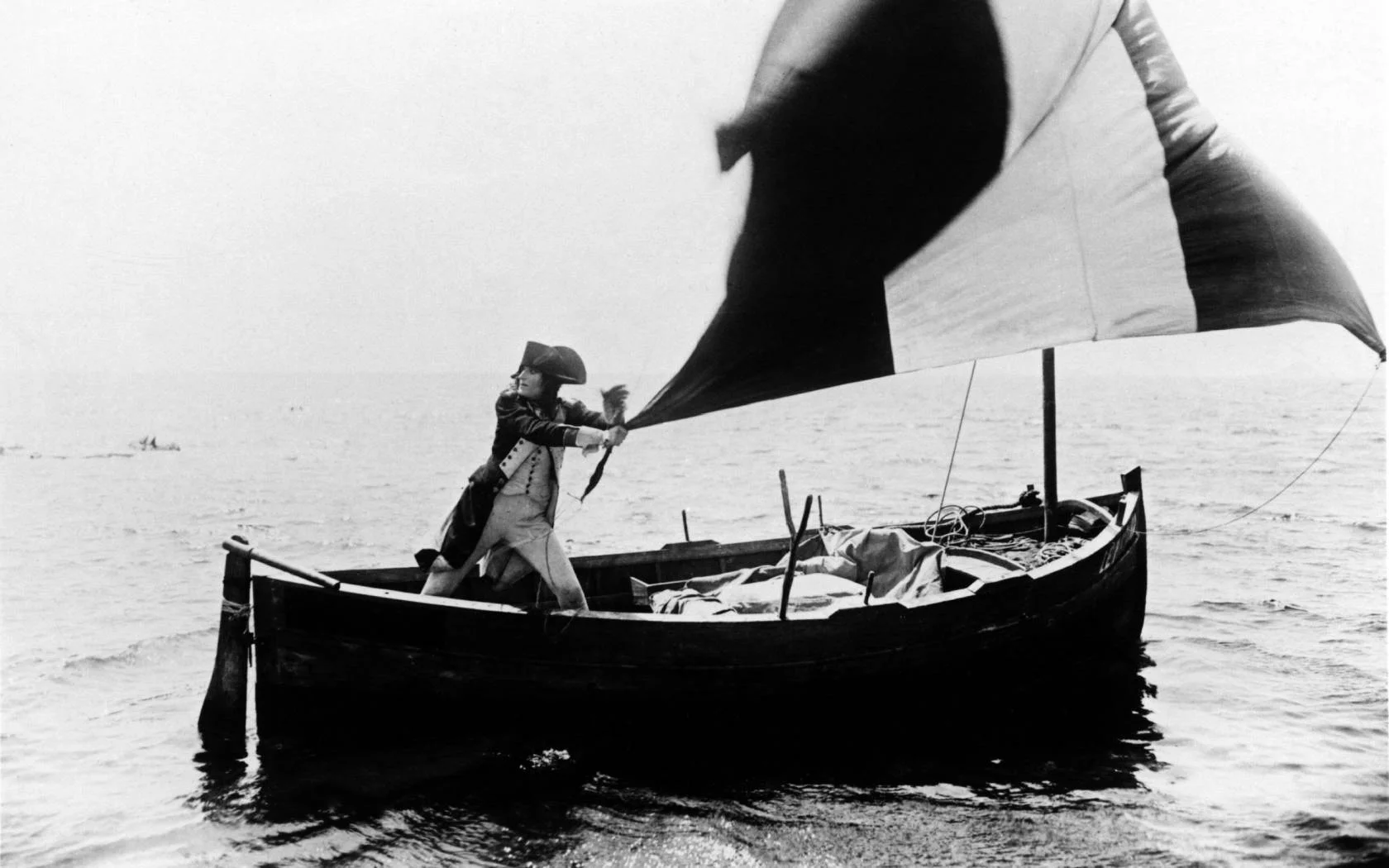Até que a Música Pare (2023)
Cristiane Oliveira
In her third feature film as a director, Cristiane Oliveira (who is also a producer and editor for films directed by others) continues to focus her attention on female characters. The protagonist of Até que a Música Pare is an older woman, whose husband has been running a mobile commercial business for years, part hawker and part intermediary. The story takes place in the Rio Grande do Sul region, and both husband and wife are descendants of Venetian immigrants, like many of the families with whom they have knowledge and friendship. This particularity is also reflected in the language spoken in the film, partly made up of Talian – a kind of koine in which words from the dialects of Northern Italy are found together with Brazilian words, officially recognized by the Brazilian government in 2014 as a Brazilian minority language – and partly in Venetian dialect.
The heart of the story lies in the difficulty of overcoming grief: the death of the eldest son, who had become a philosophy professor, in a car accident. Chiara, the protagonist, and her husband Alfredo experience the loss differently, also due to the religious disagreement between the deceased, who had embraced agnostic positions, and his deeply Catholic father, as Chiara herself is. The situation faces unpredictable developments due to the crossing of two new elements into the daily routine: Alfredo’s purchase of a little turtle, which should keep Chiara company while he is engaged in his itinerant activity, but which ends up staying in the car with him after his wife refuses to compensate for the loss of their son in that way; and the woman’s chance encounter with an Italian boy converted to Buddhism, who talks to her about the transmigration of souls from people to animals. Chiara asks Alfredo to take her along on his work trips, to stay close to the turtle in which she begins to see something more than a mere little creature… but this way, she also becomes a participant in some aspects of her husband’s commercial transactions, which she finds unethical and unacceptable.
The film thus also becomes the story of a marital crisis that, after coming close to breaking point, finds a resolution capable of reconciling the two spouses, thanks also to Chiara’s final serenity, not alien to the perspective of the Buddhist doctrine now part of her inner horizon. We are therefore facing a comedy with everyday tones but with some impertinent touches and possible dramatic twists – albeit only hinted at. Oliveira also works on a stylistic level without straying from a realistic tone, both in terms of how environments, landscapes, people, domestic situations (even the car becomes in effect an extension of the home) are viewed to develop the action, and in terms of editing, smooth and conversational even in moments of friction and conflict between the two spouses, thus managing a textual device aimed at privileging the search for reconciliation in respect of the maturation of the two protagonists instead of the breakup that would definitively condemn them both to loneliness.
Adriano Piccardi
Cineforum, March 27, 2024





